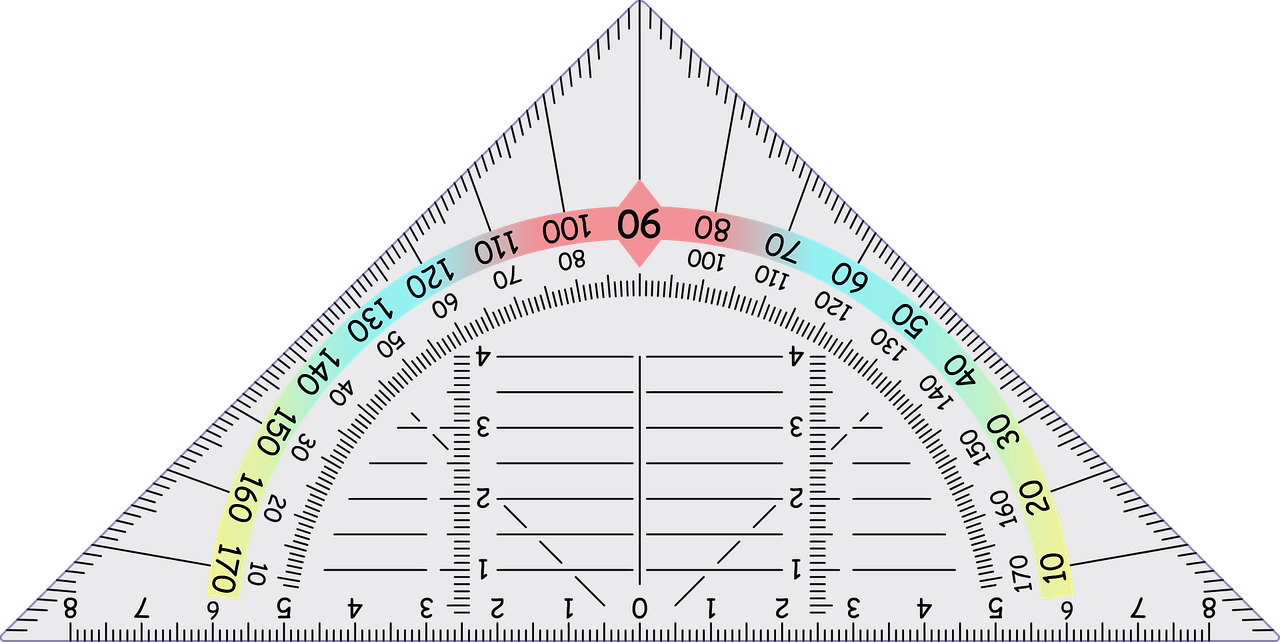


What are Congruent Figures?
Congruent figures are geometric shapes that have the same size and shape. When two figures are congruent, they can be transformed into each other through rigid motions, such as translation, rotation, and reflection.
Example: "Congruent figures are identical in shape and size, though they may have different orientations or positions."
The Concept of Congruence
Congruence is a fundamental concept in geometry that denotes the equality of two figures concerning their dimensions and shape.
Example:
In a congruent pair of triangles, corresponding sides and angles are equal.

How to Identify Congruent Figures
To identify congruent figures, compare their corresponding sides and angles. If all corresponding sides and angles are equal, the figures are congruent.
Example:
Two rectangles with sides measuring 5 cm and 8 cm, respectively, and right angles are congruent.
Criteria for Congruent Triangles
Several criteria can determine the congruence of triangles, such as the Side-Side-Side (SSS), Side-Angle-Side (SAS), and Angle-Side-Angle (ASA) criteria.
Example:
Two triangles with corresponding side lengths of 3 cm, 4 cm, and 5 cm are congruent by the SSS criterion.
Properties of Congruent Figures
Congruent figures share several important properties, such as corresponding side lengths, corresponding angles, and the preservation of shape.
Example:
In congruent triangles, corresponding angles have equal measures, and corresponding sides have equal lengths.
Triangle Congruence Theorems
Triangle congruence theorems, including SSS, SAS, ASA, and Hypotenuse-Leg (HL), provide methods to prove the congruence of triangles.
Example:
If two right-angled triangles have the same hypotenuse and one corresponding leg, they are congruent by the HL theorem.
Applying Congruent Figures in Geometry
Congruent figures are used in various geometric proofs, constructions, and transformations.
Example: "Congruent figures play a crucial role in geometric transformations, as they preserve the size and shape of the original figure."
Real-Life Applications of Congruent Figures
Congruent figures find practical applications in fields such as engineering, architecture, and art.
Example: "In architecture, congruence is essential for ensuring that corresponding elements of a building, such as windows and doors, fit precisely."
Tips for Handling Congruent Figures
Take note of corresponding elements in congruent figures to identify equal angles and sides.
Be aware of the criteria for congruent triangles, as they provide valuable shortcuts in solving problems.
No, congruent figures may have different orientations or positions but still have the same shape and size.
Yes, two figures can be congruent without being identical if they have the same shape and size but are in different positions or orientations.
Congruent figures are identical in shape and size, while similar figures have the same shape but different sizes.
No, polygons with different numbers of sides cannot be congruent since congruent figures must have the same number of sides and angles.
Yes, congruence can be applied to three-dimensional shapes, such as congruent cubes or congruent pyramids.



















































































































































